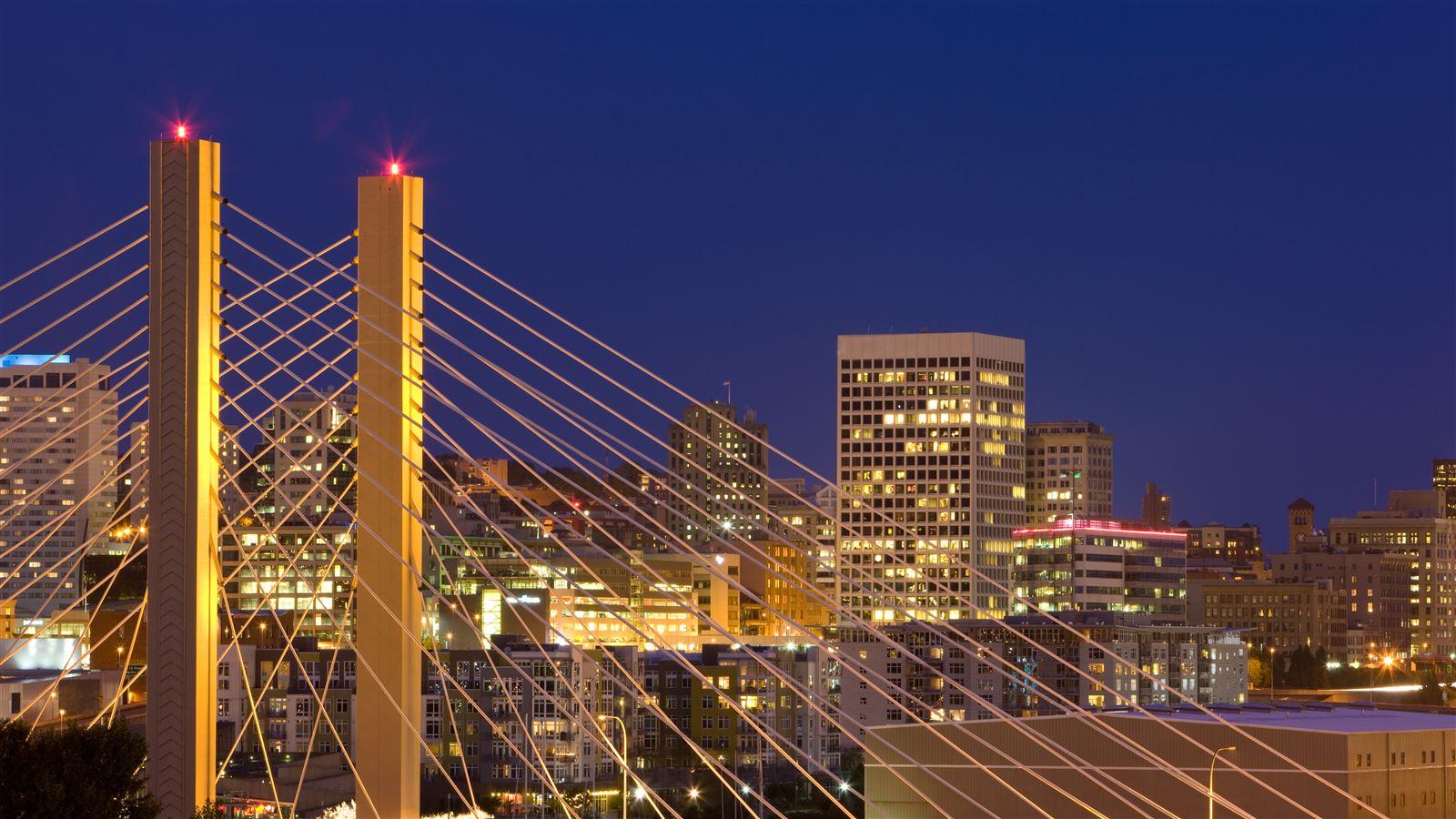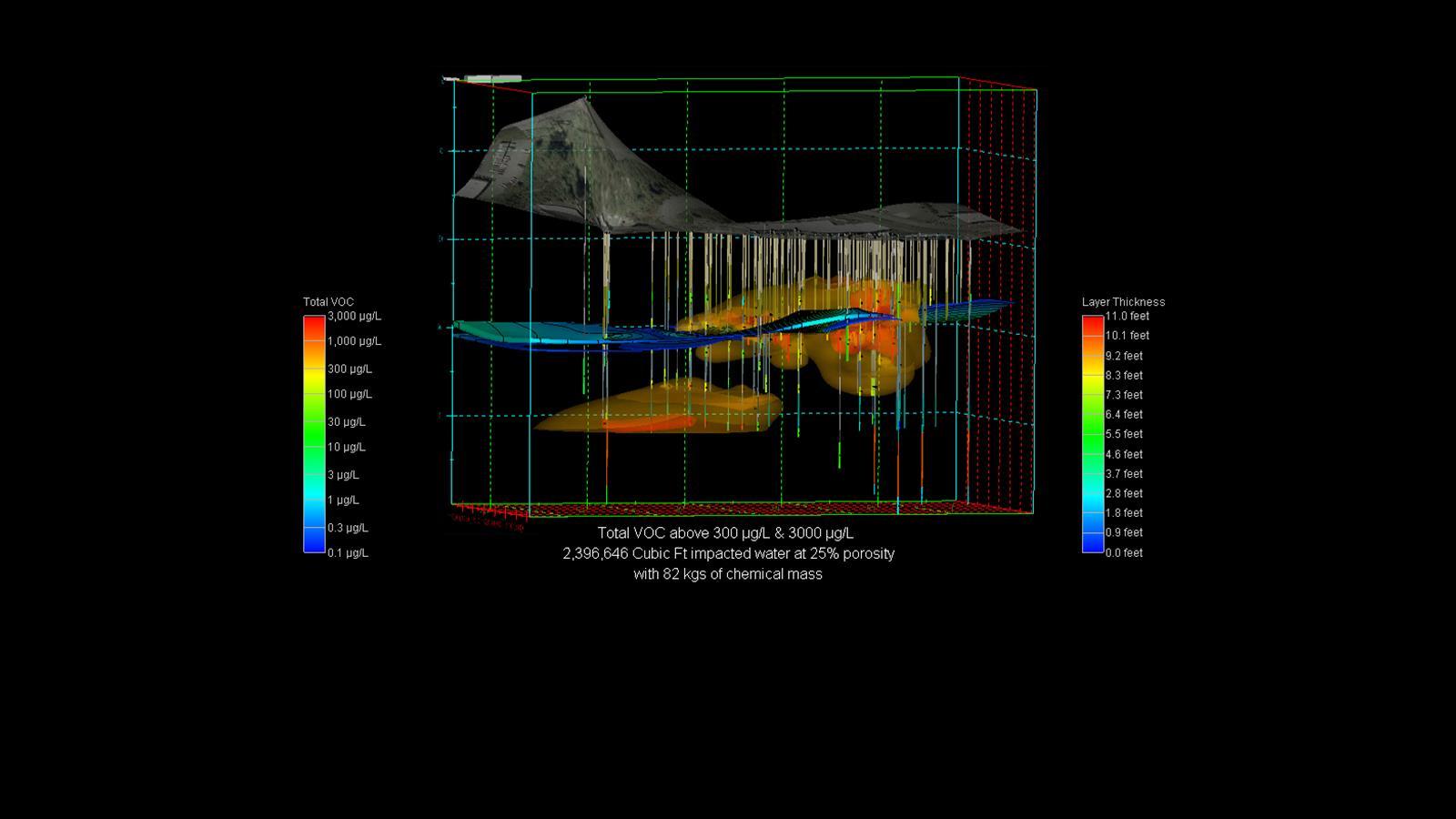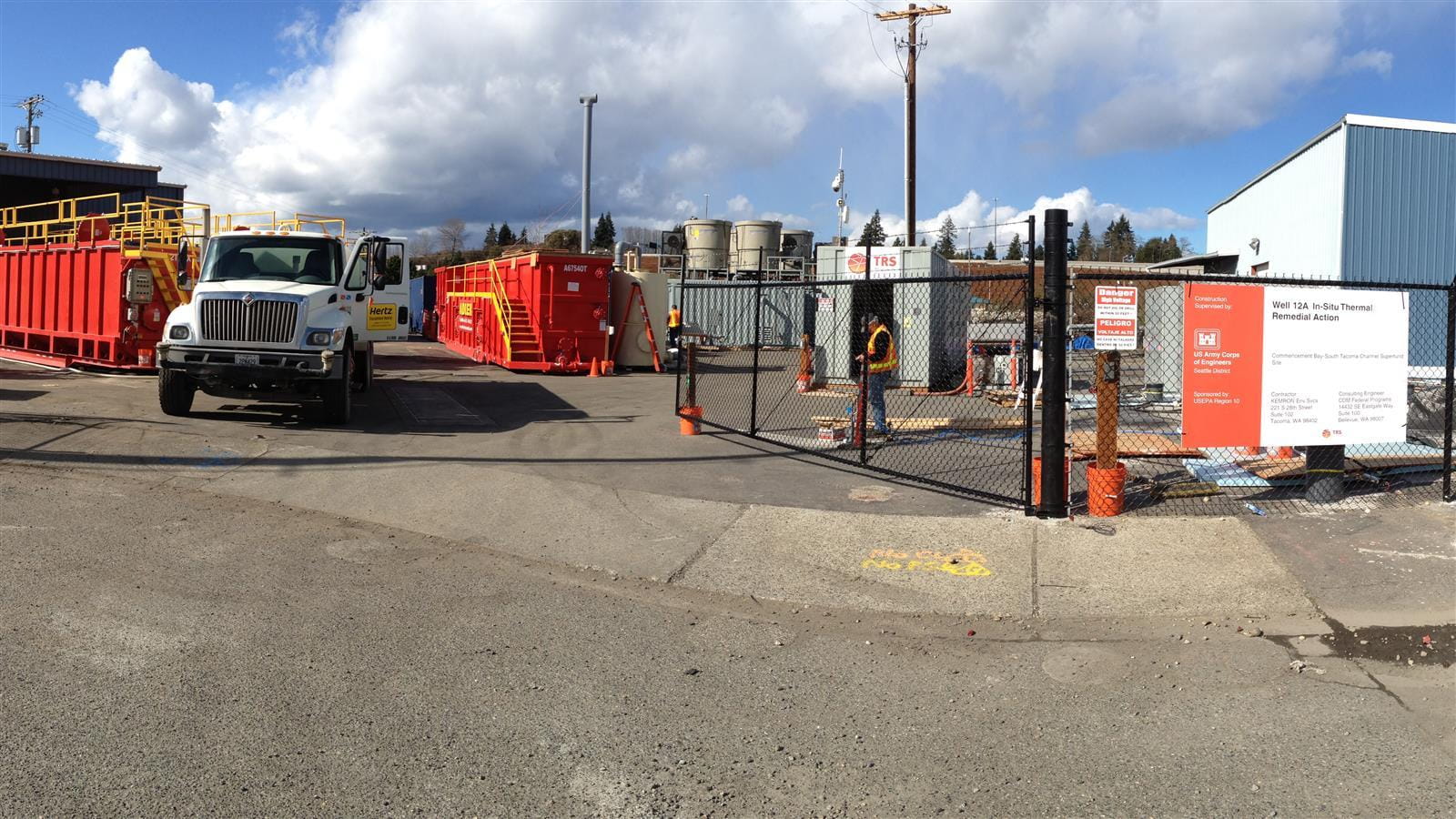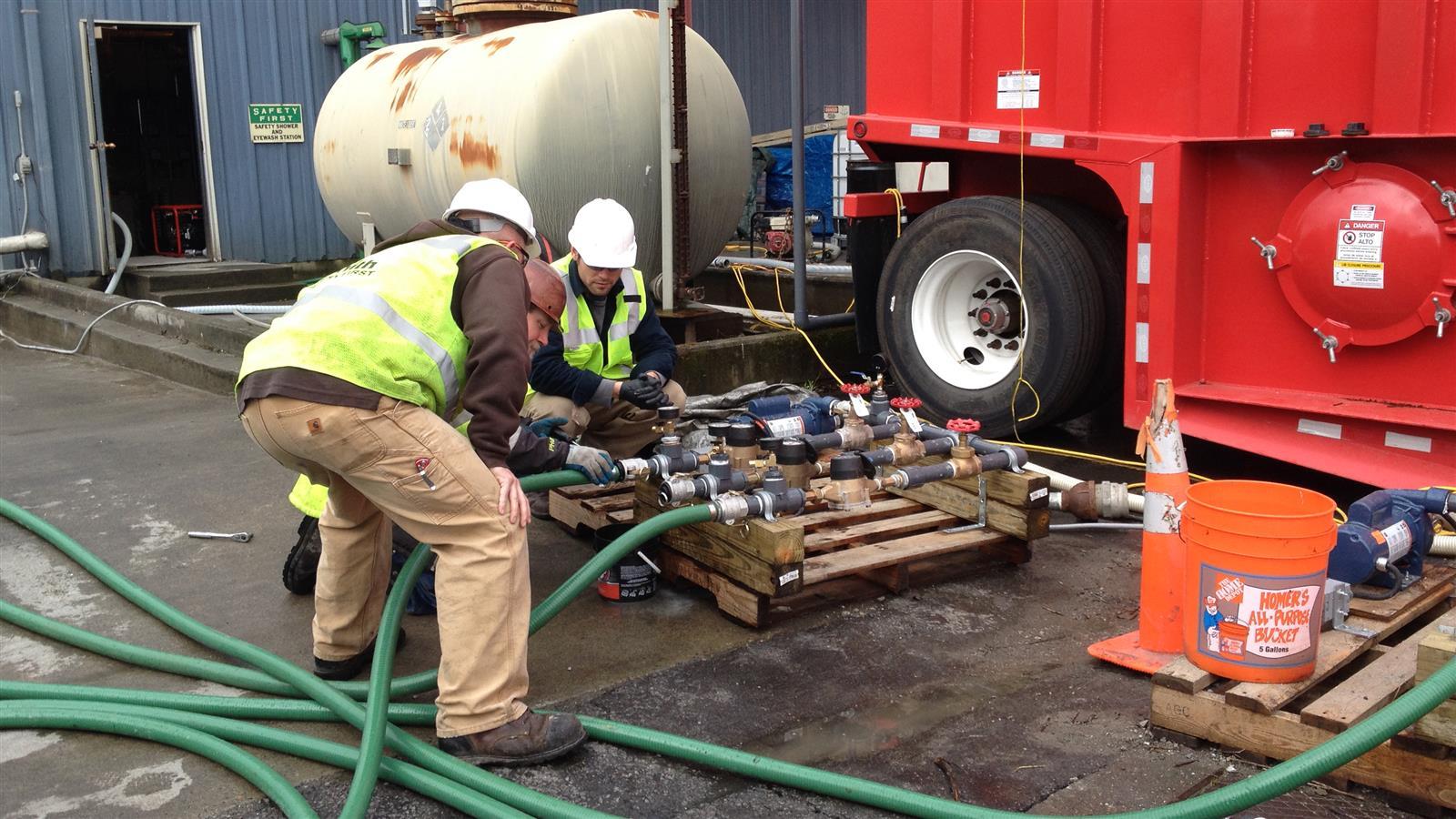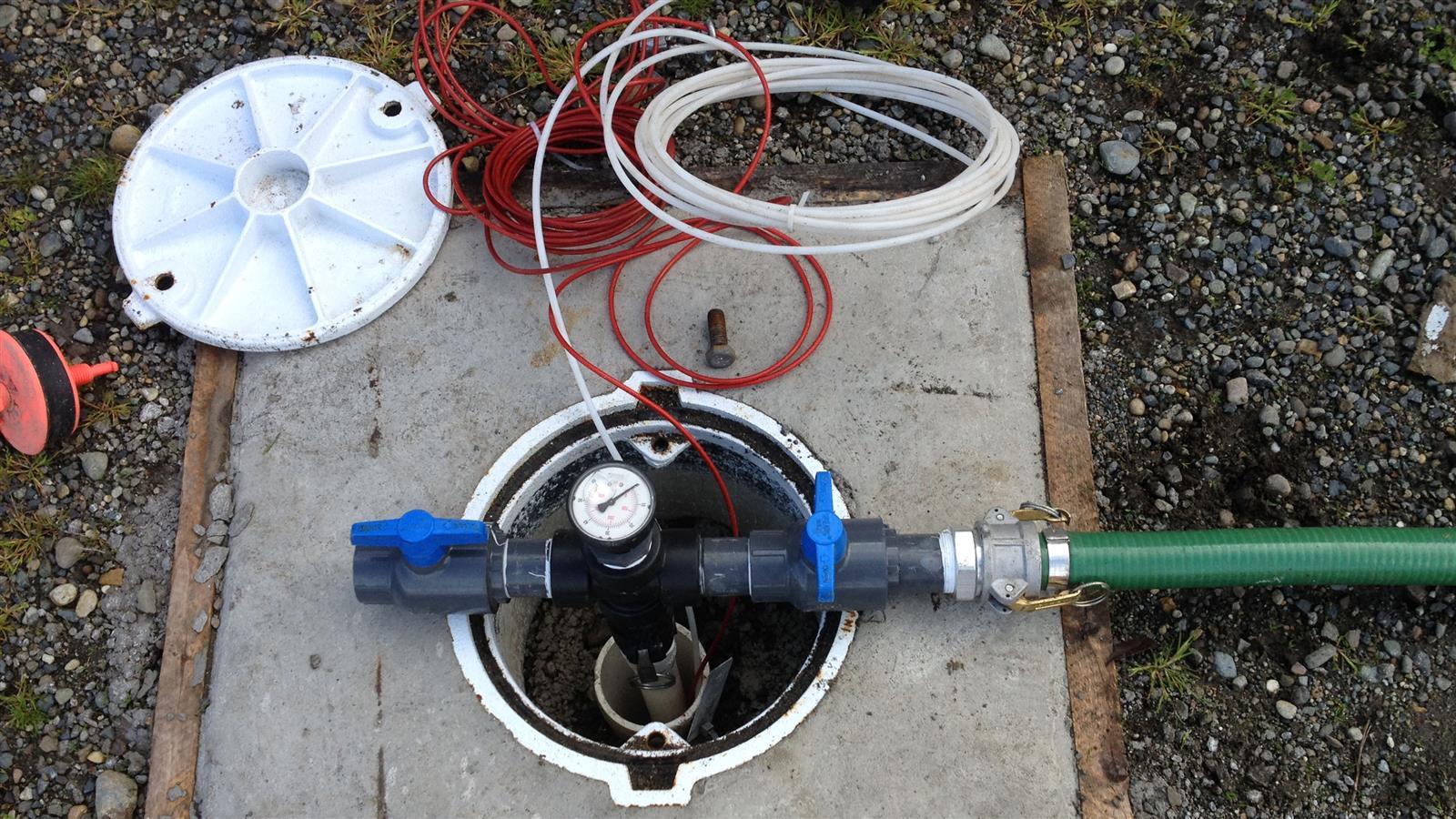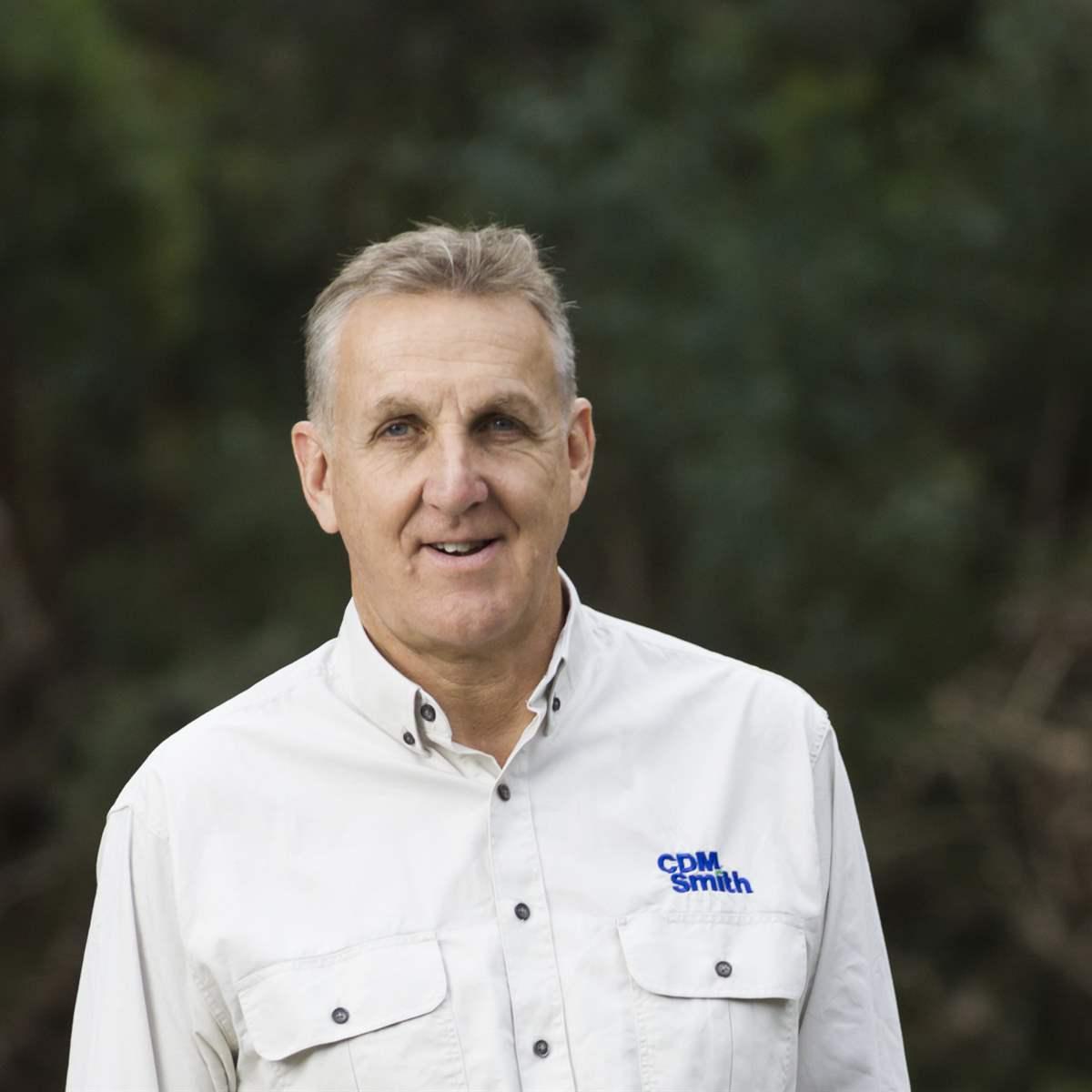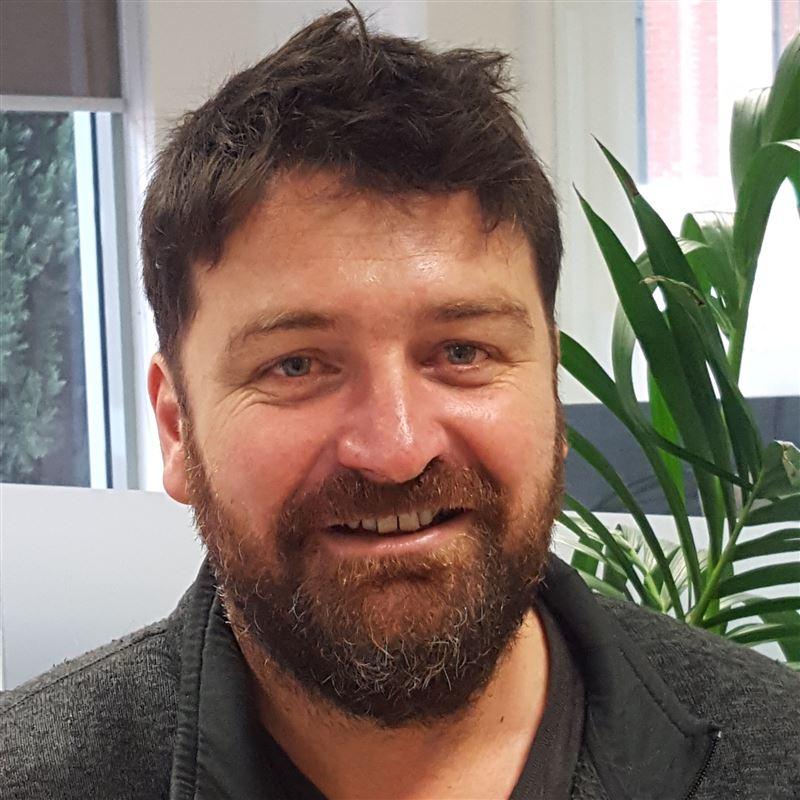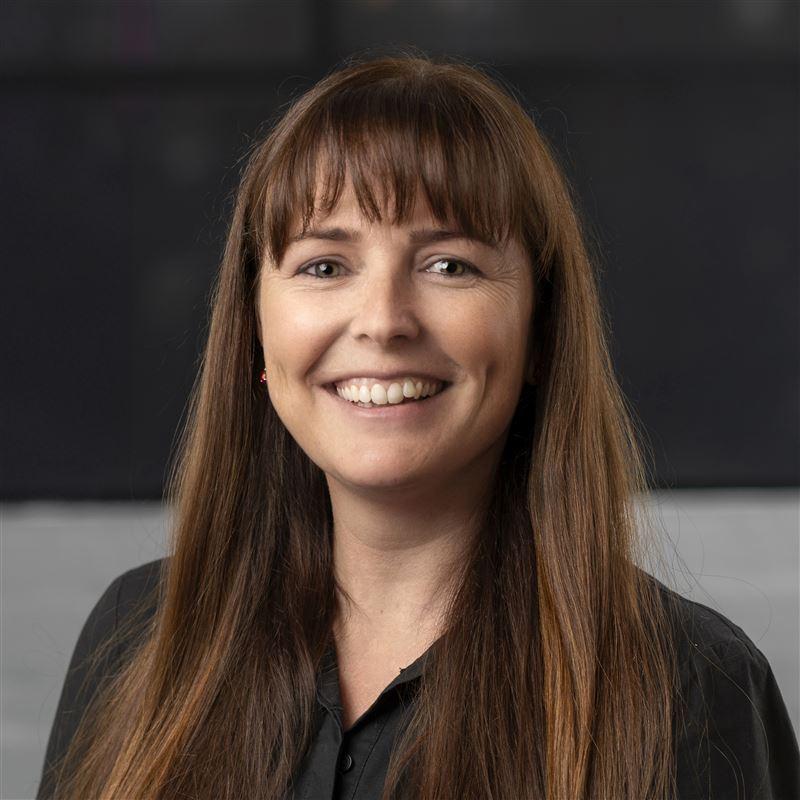Delivering Superfund Progress at Well 12A
Polluted from 40 years of oil recycling, and despite decades of treatment, groundwater at the Commencement Bay – South Tacoma Channel Well 12A Superfund site remained contaminated with chlorinated solvents that continued to affect Tacoma, Washington’s municipal water supply. The presence of dense non-aqueous phase liquids, including trichloroethylene, in the site’s complex subsurface hydrogeology made this one of the most difficult types of clean up within the Superfund program.
The presence of dense non-aqueous phase liquids...in the site’s complex subsurface hydrogeology made this one of the most difficult types of Superfund clean-ups.
CDM Smith assisted the U.S. Environmental Protection Agency (EPA) with a program re-evaluation to accelerate site cleanup. Our comprehensive, multi-component remedial strategy includes excavation to remove sludge filter cakes buried at shallow depth, in-situ thermal remediation to heat subsurface soil and collect contaminants through soil vapor extraction, and in-situ enhanced anaerobic bioremediation (EAB) to degrade contaminants in the groundwater plume. The triple treatment approach established a contaminant mass discharge reduction goal, with the technologies integrated to maximize synergy and overall treatment performance.
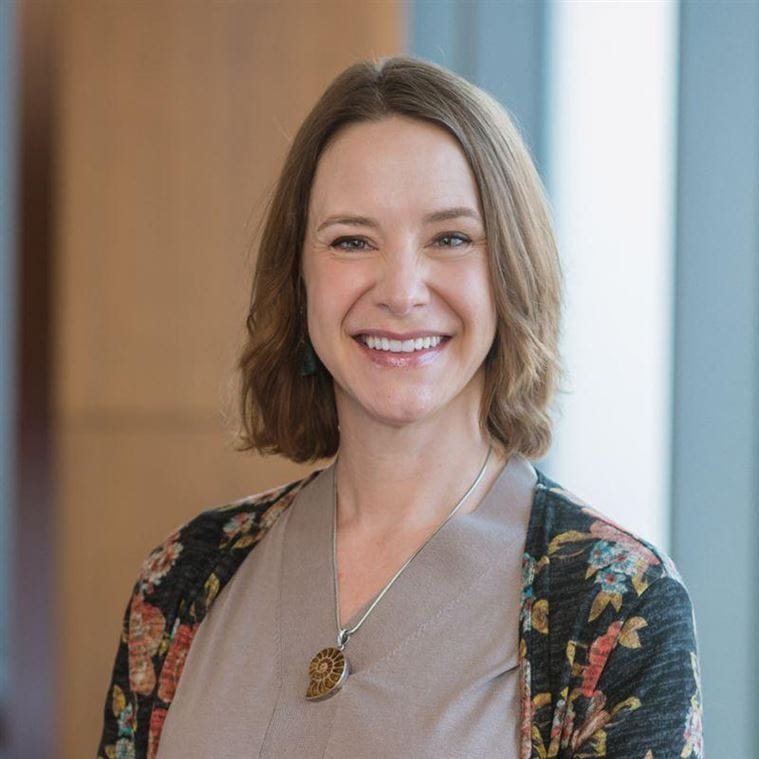
Through innovation, multi-disciplined collaboration and stakeholder trust, the strategy will allow the municipal water supply system to meet the city’s increasing water demands.
Did you know?
Well 12A was one of the most difficult types of clean up within the Superfund program.

